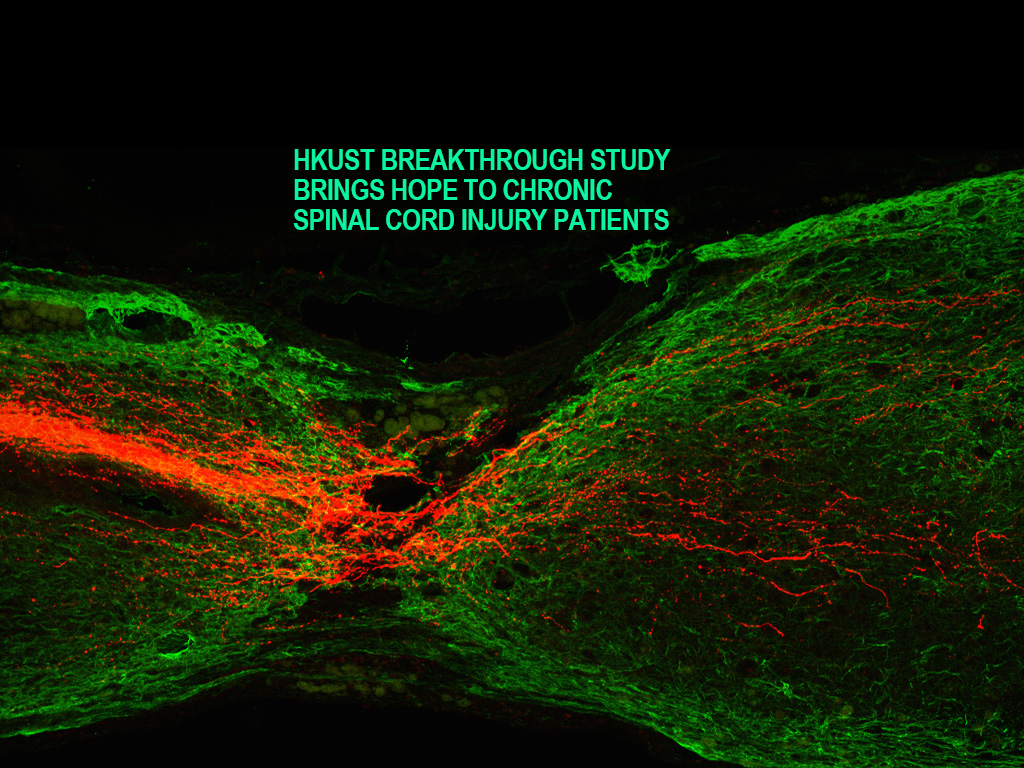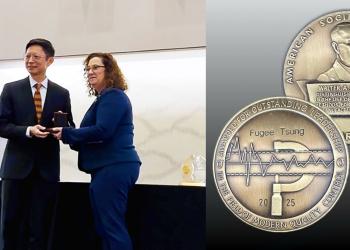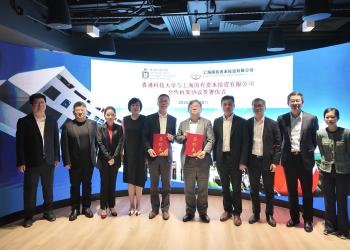HKUST Breakthrough Study Brings Hope to Chronic Spinal Cord Injury Patients
HKUST researchers recently found a way to stimulate the growth of axons, which may mark a new beginning on chronic spinal cord injury (SCI) treatments.
SCI is a formidable hurdle that prevents a large number of injured axons from crossing the lesion, particularly the corticospinal tract (CST). Patients inflicted with SCI often suffer a loss of mobility, paralysis, and interferes with activities of daily life dramatically.
Led by Professor Kai Liu, Assistant Professor from Department of Life Sciences at HKUST, the HKUST research team initiated PTEN deletion on mice after pyramidotomy. Similar treatment procedures were carried out 4 months and 12 months after severe spinal cord injuries.
The team recorded a regenerative response of CST axons in all three samples – showing that PTEN deletion stimulates CST sprouting and regeneration, even though the injury was sustained a long time ago.
According to Prof Liu, compared with acute injury, axons face more barriers to regenerate after chronic SCI. In light of all of these challenges, it is surprising to find that CST axons can still regenerate after one year.
“It is indeed important to know that chronically injured neurons would still retain the ability to regenerate their axons and reform tentative synaptic connections,” says Prof Liu. “PTEN inhibition can be targeted on particular neurons, which means that we can apply the procedure specifically on the region of interest as we continue our research.” he added.
Click here for further details.









